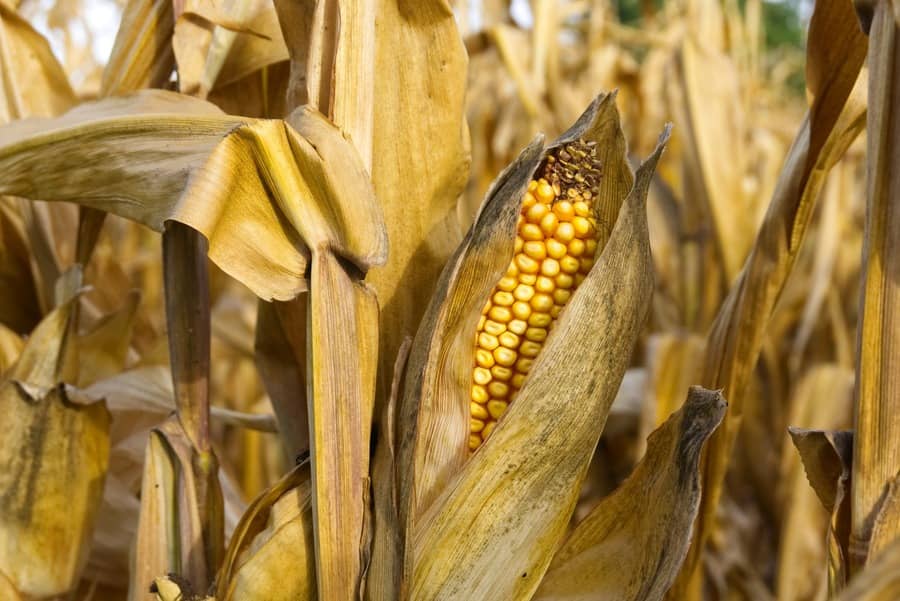The planting of the 2023 US crop is still a long way off, however, the market of corn does not miss the opportunity to try to anticipate movements. The bias towards an acreage increase by 2 to 4 mln acres in the corn planting in the 2023 season, without cuts in soybeans, has already been mentioned in our newsletters, and the CBOT market is starting to try to price a quieter second semester in terms of global supply.
We have reflected in our issues that there is a movement of demand to be concentrated in US corn in the first half of 2023. Until January, Brazil was spectacular in its exports, meeting the world demand, mainly due to the crop failure in Europe. Chinese purchases of nearly 1/1.5 mln tons of Brazilian corn at the end of the year were really surprising, considering that China had just reaped a record crop. Was that an attempt to bring prices down on the CBOT? Certainly, but this will have more effect in the second half of 2023.
Meanwhile, Brazil is losing strength for new exports and giving room for the US to absorb world demand in the first semester. Ukraine is now again in a delicate situation because of the worsening tensions last week. Would there be a new impediment to Ukrainian exports, affecting the corn and wheat supply from the Black Sea? The market tried to price this risk last week.
The fact is that US weekly exports started to adjust closer to the level of 1 mln tons, which indicates that the global demand is shifting from Brazilian corn in the first semester to US corn. And this is good for CBOT prices in this first semester. As a result, levels have remained above USD 6.50/bushel. When will this movement start to encounter a bearish signal? In fact, there are still a few chances of sharp lows in the semester. But the central point will undoubtedly be the planting intention on March 31st. There, our planting bias is 3 to 4 mln additional acres for corn and a stable area for soybeans. This tends to be very bearish for new-crop contracts, September and December, which are already trying to start working below USD 6.00/bushel. The arrival of El Nino to the global climate could be a limiting factor for potential losses in the 2023 US crop. Of course, there is still the planting, development, and pollination/silking stages to define corn prices in the second half. Before that, current high prices must give way to levels below USD 5.00/bushel during the US harvest.
The Argentine crop is another variable. The rains returned with an excellent sequence in January. This does not mean that crops will resurrect or pollinate again. There is already a crop failure in the center-north of the country, which is priced by the market. With the rains, the drought factor has not disappeared, but crop conditions have improved, bearing in mind that Cordoba and Buenos Aires, the two main growing provinces, have much better conditions at the moment.
Still, the rain forecasts for February are quite favorable. There are still 60 days of weather to define this Argentine crop, and the numbers are still under this climatic environment. A crop below 50 mln tons for corn is likely, with exports limited to 30 mln tons in 2023. Apparently, it is not a collapse, so much so that FOB prices in Argentina have indications of USD 308/ton for February/March, but USD 282 for May/June. If the crop failure is so intense, there is no reason for this price slowdown and/or signs of shortage.
Today production is estimated at 50 mln tons. Depending on pollination and silking in February and March, could the crop still have an alignment to 45 mln tons? Yes, it could. Exports would be below 30 mln tons in 2023. For Argentina, no supply problem. For the international market, a seller with a tighter supply and able to increase the demand for US corn and/or the entry of Brazil’s 2023 second crop.
The rains for the last few days led the planting to 94% for corn and 99% for soybeans. There will be a reduction in the planted area but possibly induced by rain or abandonment by growers who had already given up planting.
Follow the Safras Agency on our website. Also follow us on our Instagram and Twitter and stay on top of the main agribusiness news!
Copyright 2022 – Grupo CMA

